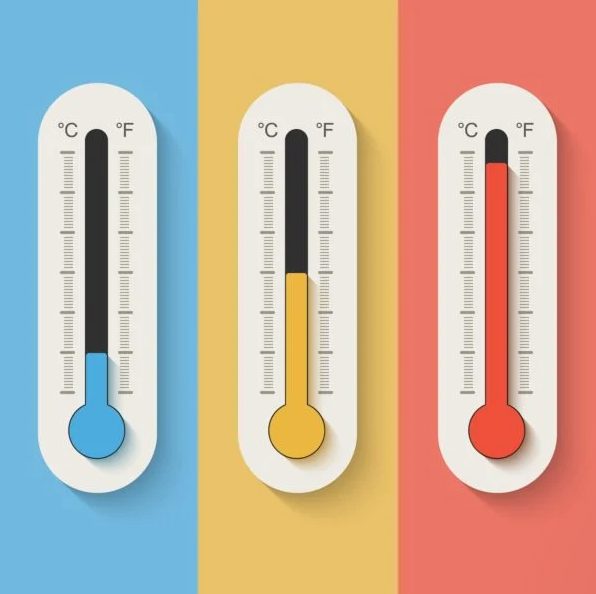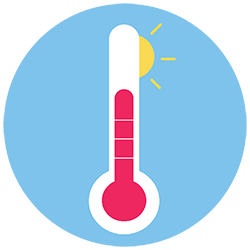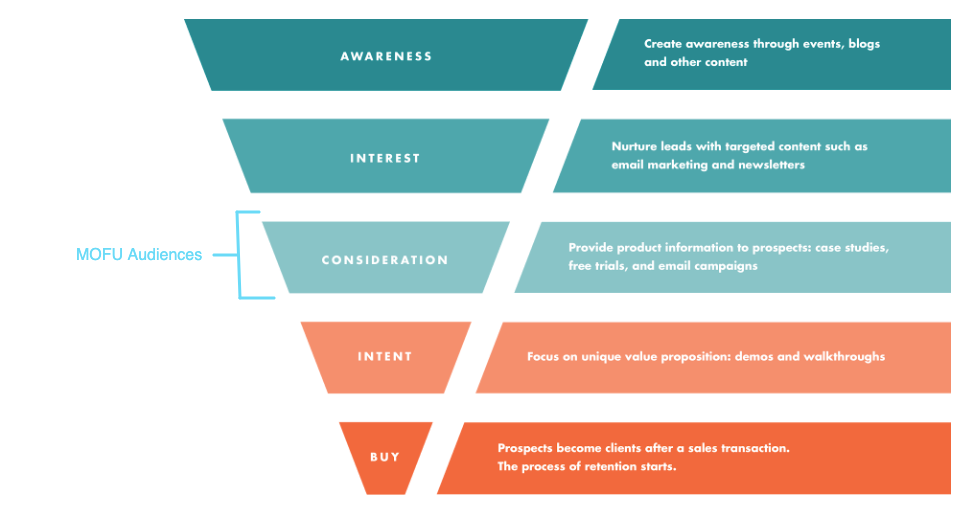Are your sales and marketing teams guessing which leads are ready to buy—and which will never convert? You’re not alone. Many businesses pour time and money into unqualified leads, missing out on hot prospects while wasting resources on cold ones. If you want to skyrocket your conversion rates and work smarter, not harder, you need to know exactly how to categorize leads into hot, cold, and warm stages. In this actionable guide, you’ll learn the distinct characteristics of each type, real-world examples, and a proven step-by-step system for sorting your leads with confidence. Whether you’re an entrepreneur, sales manager, or digital marketer, this article will help you design a lead categorization strategy that actually works.
What Is Lead Categorization? How to Categorize Leads Into Hot, Cold, Warm
Before you can win a sale, you need to understand where your potential customers are in their buying journey. Lead categorization is the process of segmenting your leads—inbound or outbound—into specific groups based on their readiness to purchase: hot, warm, or cold. This approach aligns your communication and nurturing efforts with the right audience, making your sales engine far more efficient.

Hot, warm, and cold leads are more than just buzzwords—they represent the unique temperature of your prospects’ interest in your products or services. Imagine trying to serve piping hot coffee to someone who only wants ice water; that’s what happens when you misclassify your leads. Mastering the art of categorizing leads will help you direct attention where it matters most, personalize your outreach, and close more deals.
Why It Matters: Benefits of Categorizing Leads
Does your team chase every lead the same way? If so, your sales funnel is leaking opportunities. Here’s why learning how to categorize leads into hot, cold, warm stages is a game changer:
- Improved Conversion Rates: Focus on qualified leads who are eager to buy, reducing wasted effort.
- Shorter Sales Cycles: Prioritize hot leads and move deals forward faster.
- Better Customer Experience: Personalize messaging for each lead type, building trust and relevancy.
- Efficient Resource Allocation: Assign your best sales reps to high-potential prospects, and automate nurturing for cold leads.
- Simplified Reporting: Gain clear insight into your pipeline for accurate forecasting.

By implementing a smart lead categorization system, you set your team up for consistent growth and reliable sales forecasting.
What Makes a Lead Hot, Warm, or Cold?
Understanding the psychology and behavior of your prospects is key to categorize leads correctly. Let’s break down each category with clear definitions and tell-tale signs:
Hot Leads
Hot leads are prospects ready to make a purchase decision soon. They often match your ideal customer profile, have a clear need, and are actively seeking a solution right now. Hot leads may have:
- Requested a demo or sales call
- Explicitly stated budget and decision timeline
- Compared your product against competitors
- Responded positively to your follow-ups

Warm Leads
Warm leads are interested but not ready to buy immediately. They’ve engaged with your content, signed up for newsletters, or requested information. Warm leads may:
- Visit your pricing page or download a whitepaper
- Interact with social media or attend a webinar
- Express interest but have budgetary questions
- Need more education or trust-building

Cold Leads
Cold leads are at the very top of your funnel—they may not be aware of your brand or haven’t signaled genuine interest. They often require nurturing, education, and are not ready to buy soon. Cold leads might:
- Be added through list purchases or scraped data
- Have minimal to no engagement with your content
- Unclear needs or no established timeline or budget
- Not responded to previous touchpoints

Real-Life Use Cases: Examples of Cold, Warm, and Hot Leads
To see how powerful proper lead categorization can be, let’s apply it to three different businesses:
- B2B SaaS Company: A prospect who signs up for a free trial and schedules a demo within 24 hours is a hot lead. Someone downloading a content ebook is warm. Purchased contact lists? Likely cold.
- Local Real Estate Agent: A homeowner who books a property viewing and pre-approves a mortgage is hot. Someone subscribing to the market newsletter, warm. People who browse listings but never engage, cold.
- E-commerce Fashion Brand: Cart abandoners with high-value items and follow-up click responses are hot. Newsletter subscribers who check new collections are warm. Visitors who’ve never made a purchase or engagement, cold.

Notice how lead categorization helps these businesses tailor their approach. Instead of a “spray and pray” method, their outreach becomes targeted, timely, and effective.
Step-by-Step: How to Categorize Leads into Hot, Cold, Warm
Ready to sort your leads like a pro? Here’s a proven step-by-step method:
- Define Criteria for Each Category
Collaborate with sales/marketing to set objective indicators: readiness to buy, engagement, budget, and fit. Use scoring models like BANT (Budget, Authority, Need, Timeline) or CHAMP (Challenges, Authority, Money, Prioritization). - Build Lead Scoring System
Assign points to user behaviors—website visits, demo requests, replies, etc. Tools like HubSpot and Salesforce make this easy. - Use Automation & CRM Triggers
Segment lists automatically as leads take (or don’t take) key actions. Email automations move leads from cold to warm after nurturing sequences. - Regular Pipeline Review
Don’t let leads languish! Set regular reviews to update contacts based on new insights, feedback, or lifecycle stage changes.

- Train Your Team
Provide your sales team with scripts, checklists, and clear guidelines. Consistency keeps your categories accurate.

When you systematize how you categorize leads, you empower everyone to act strategically—eliminating guesswork from your funnel.
Challenges, Myths, and Objections About Lead Categorization
Some companies think categorizing leads is too complex or not worth the effort. Let’s bust common objections:
- Myth: “Hot leads will always close.” Reality: Even hot leads can go cold without proper nurturing.
- Myth: “Cold leads are useless.” Reality: Many cold leads turn into buyers with education and follow-up.
- Challenge: “Lead temperature is subjective.” Fix: Set clear definitions and use data to back up your categories.
- Objection: “We don’t have the bandwidth.” Solution: Automated tools can categorize and nurture at scale.

Remember, the goal isn’t perfection—it’s progress. Even a simple lead scoring process can create rapid improvements for most teams.
Top 10 FAQs: How to Categorize Leads Into Hot, Cold, Warm
1. What are hot leads, warm leads, and cold leads?
Hot leads are prospects who are ready to buy soon, warm leads are interested but need some more nurturing, and cold leads have shown little to no interest or engagement.
2. How can I identify a hot lead?
Hot leads often have a clear need, demonstrated strong engagement, set a purchase timeline, and usually request a sales call or trial.
3. How often should I review my lead categories?
Ideally, review your lead pipeline weekly or bi-weekly to ensure leads are accurately categorized and no opportunities are missed.
4. Can a cold lead become a hot lead?
Absolutely! With consistent nurturing, education, and engagement, cold leads can gradually warm up and eventually become hot leads.
5. Should every company use the same lead categorization system?
No. Every business should customize its definitions and indicators according to their sales cycle, audience, and internal metrics.
6. What mistakes do teams make when categorizing leads?
Common errors include relying on gut feeling instead of data, failing to review categories regularly, or treating all leads the same.
7. What tools help automate lead segmentation?
CRM systems like HubSpot, Salesforce, Zoho CRM, and automation tools like Mailchimp or ActiveCampaign enable automatic segmentation.
8. Are cold leads worth my time?
Yes, but they require lower-cost, long-term nurturing strategies like educational email sequences until they show more interest.
9. Do I need to inform prospects what category they’re in?
No. Lead categorization is internal and helps your sales and marketing team tailor their communication and timing.
10. How do I move cold or warm leads to the next stage?
Use targeted content, helpful follow-ups, and personalized outreach. Focus on adding value, solving pain points, and building trust.
Conclusion: Start Categorizing Your Leads for Sales Success
If you want to accelerate your sales results, learning how to categorize leads into hot, cold, warm stages is non-negotiable. By segmenting your prospects based on their readiness, you empower your team to deliver the right message, at the right time, every time. You’ll reduce wasted effort, create a better experience for your customers, and steadily move more leads toward that magic “yes.”

Don’t let another qualified prospect slip away! Start applying these practical steps to your business today—and watch your sales engine heat up. Looking for more strategies? Check out our other guides on lead scoring and high-converting sales funnels.

